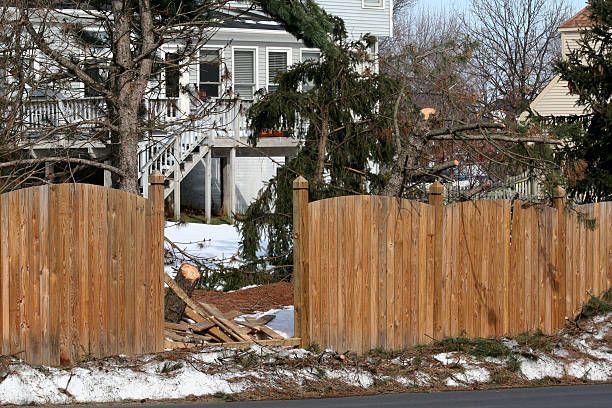Santa Clarita Tree Service
(661) 338-5661

Trees add beauty, shade, and value to a property, but they also need regular attention to stay healthy and safe. Neglected trees can develop weak or damaged branches that may fall without warning, causing injury or property damage.
Proper tree care is not just about keeping your yard attractive—it is a safety measure that protects your family, visitors, and neighbors.
Caring for trees throughout the year helps identify potential hazards early and reduces the risk of falling branches, especially during storms or high winds. Here’s how consistent maintenance can make a real difference.
Regular Tree Inspections
Routine inspections allow you to spot problems before they become dangerous. A trained eye can see warning signs the average person might miss.
Practical steps include:
- Checking for cracks or splits in large branches
- Looking for dead or decaying limbs that appear brittle or discolored
- Identifying branches that overhang driveways, sidewalks, or roofs
- Watching for fungus growth or insect infestations that weaken wood
By scheduling inspections at least once a year, preferably before storm season, you can prevent minor issues from turning into major hazards.
Proper Pruning Techniques
Pruning removes weak or hazardous branches and encourages healthy growth. Done correctly, it improves both safety and the tree’s appearance.
Key pruning tips:
- Remove dead, broken, or diseased limbs promptly
- Cut branches at the correct angle to avoid damaging the tree
- Thin the canopy to allow better air circulation, reducing the chance of wind damage
- Avoid topping trees, which can cause weak regrowth that breaks easily
Professional pruning every few years keeps trees strong and balanced, making them less likely to drop branches unexpectedly.
Supporting Young and Weak Trees
Young or weakened trees need extra support to handle strong winds and heavy rain. Providing structural assistance during early growth can prevent future hazards.
Ways to strengthen vulnerable trees:
- Use stakes or guy wires for young trees until their roots are established
- Install cables or braces in older trees with heavy limbs to prevent splitting
- Apply mulch around the base to retain moisture and protect roots from temperature extremes
- Water deeply during dry spells to maintain overall tree health
Healthy, well-supported trees are less likely to lose limbs when stressed by the elements.
Removing Hazardous Trees and Limbs
Sometimes, the safest option is to remove a tree or large branch altogether. This is especially true if the damage is beyond repair.
Situations where removal may be necessary:
- Large branches hanging directly over high-traffic areas
- Trees leaning significantly toward a structure or road
- Extensive decay in the trunk or main limbs
- Severe storm damage that leaves the tree structurally unsound
While removal may feel drastic, it eliminates a serious risk and creates room for healthier plants to grow.
Preparing for Storm Season
Storms are one of the leading causes of falling branch accidents. Preparing your trees before severe weather arrives is one of the best preventative measures.
Storm preparation steps:
- Prune weak limbs before hurricane or storm season
- Clear dead wood from the canopy
- Check that support systems like cables and stakes are secure
- Remove branches near power lines (always hire professionals for this task)
A little preparation goes a long way in protecting your property and keeping everyone safe when bad weather hits.
Tree care is not just a matter of curb appeal—it is an important part of maintaining a safe property. Regular inspections, proper pruning, supporting vulnerable trees, removing hazards, and preparing for storms all reduce the chances of falling branch accidents.
Investing time and resources in
professional tree care
can save you from costly repairs, protect your loved ones, and preserve the beauty of your landscape for years to come. By staying proactive, you ensure your trees remain a source of pride and enjoyment, rather than a potential danger.